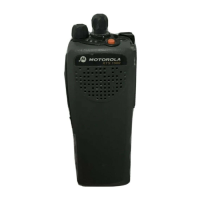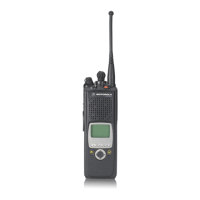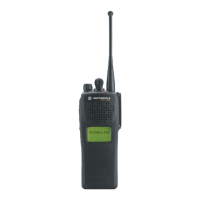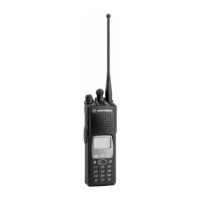;76$67520RGHO,,
,QWURGXFWLRQ
A Group of
Low-
Pitched
Tones
(Busy Tone)
Busy When a channel, phone line, or
system is unavailable due to high
traffic volume.
Short,
Medium-
Pitched
Tone
Valid Key-Press When the correct key is pressed.
Radio Self-Test
Pass
When radio passes its power-up
self test.
Clear Voice At the beginning of a non-coded
communication.
Priority
Channel
Received
Upon receipt of activity on a priority
channel.
Emergency
Alarm Entry
Upon entering emergency state.
Central Echo When the central controller has
received a request from a radio.
Continuous,
Medium-
Pitched
Tone
Volume Set Sounds when volume level is
adjusted on a quiet channel.
Emergency Exit Upon exiting emergency state
PTT Sidetone When data is sent by pressing the
PTT button, but the user must wait
to talk.
Sound Tone Name Occurs:
&%B$;B8*B%RRNERRN3DJH7XHVGD\-XQH30
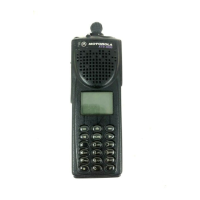
